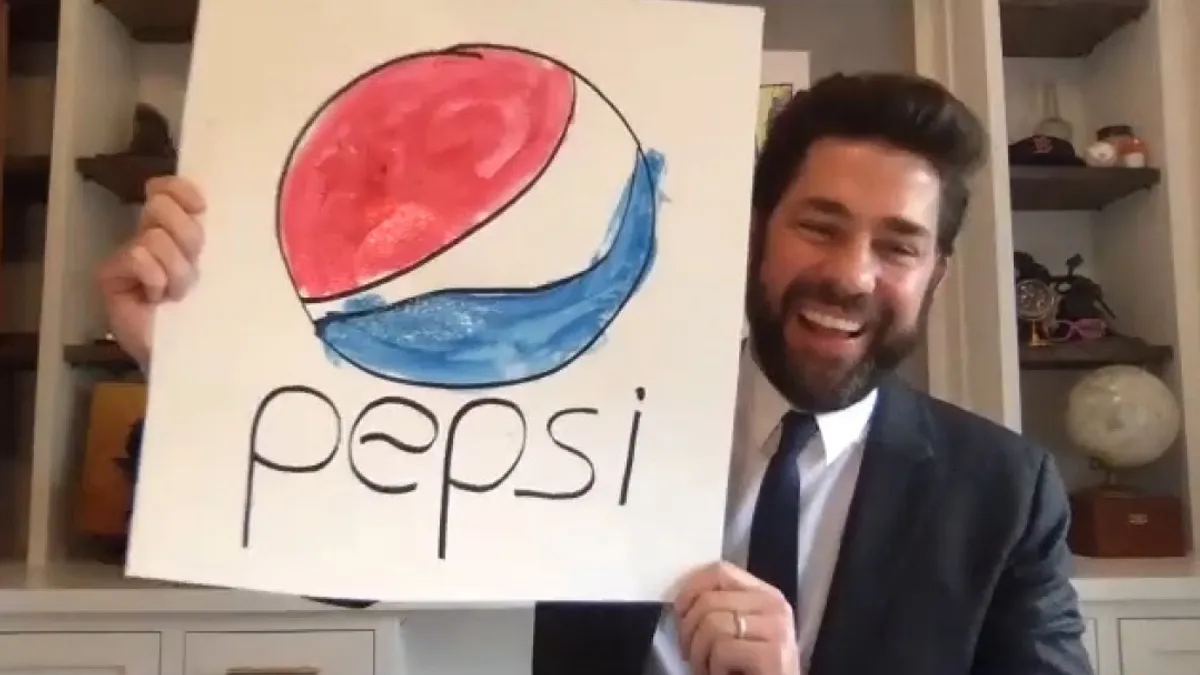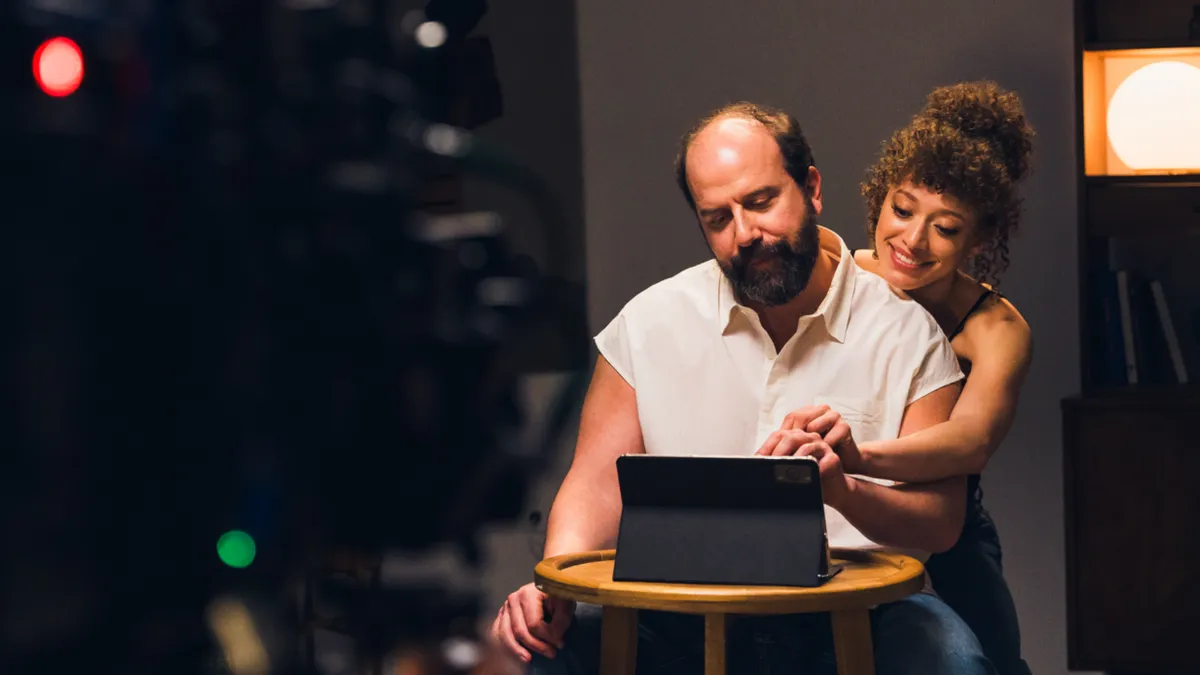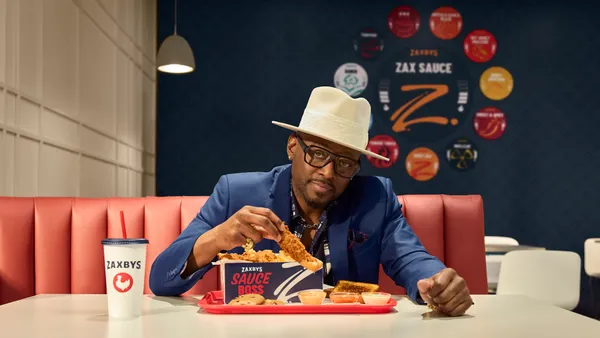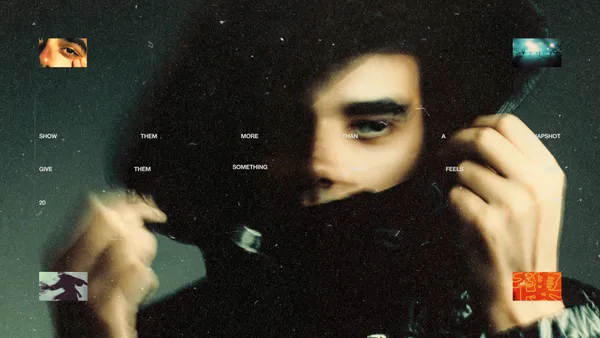For PepsiCo, the coronavirus pandemic has altered not only how the food and beverage marketer engages consumers, but also business customers hit hard by the crisis, including the decimated restaurant industry.
As chief marketer of PepsiCo's foodservice division, Scott Finlow has to keep both groups in mind when designing strategy — all at a historically rapid clip. PepsiCo has at the same time pulled back on nonessential advertising and marketing spend, amplifying the need for innovation.
A north star for Finlow in this tough period has been PepsiCo's new premium on empathy. The sentiment manifests in his team's efforts around the Restaurant Employee Relief Fund (RERF) put together by TV personality Guy Fieri and the National Restaurant Association Educational Foundation. PepsiCo earlier this month pledged to raise an additional $3 million for RERF, which so far has collected over $20 million.
"Restaurants are really critical to American life, in ways both mundane and celebratory," Finlow said in a recent phone interview. "We've got to help our partners back and we have a mission to help them do that. That's a galvanizing purpose."
To raise awareness, PepsiCo has deployed a series of consumer activations that tap into what's become popular during the pandemic, including: integrations with actor John Krasinki's feel-good "Some Good News," a YouTube hit that recently sold to ViacomCBS; a Tostitos Facebook livestream where Bill Murray and Fieri competed to make the best nachos; and a virtual dinner and a movie screening of the 2017 documentary "A Fine Line" about women in the culinary world, followed by discussions with featured chefs like Cat Cora.
Below, Finlow detailed to Marketing Dive why these media and messaging strategies are a moving target, and how collaboration among his team is deeper than ever — a positive change driven by the pandemic that could improve PepsiCo Foodservice for the long haul.
This interview has been edited for length and clarity.
MARKETING DIVE: The pandemic has compressed the innovation timeline for marketers. When did you know it was the right moment to pivot to address the crisis?
SCOTT FINLOW: We at the foodservice team and at a PepsiCo got ahead of this pretty quickly. We had the benefit of experience in China. More importantly, we were in touch with our consumers and our customers. Our pivot was in response to that empathy and connection with the people that we serve and work with.
PepsiCo has been ahead of the ball on a few things, including content like "Some Good News." How did you key into that opportunity early on?
FINLOW: The first thing we did was map out a set of stages we saw the world moving through, from quarantining to restricted recovery and then into a new normal. We spent a lot of time engaging with consumers to understand how they were feeling in addition to how they were starting to act.
It started in many ways with our restaurant relief fund. We were really the first big supporter of that. That work led to the "Some Good News" opportunity with John. There's been a line drawn that runs through all the work we've done that started with being connected to people and to culture, in the example of Krasinski. He created something that's super resonant right now, and we're always interested in being wired into culture.
PepsiCo is focusing on areas like e-commerce and online apparel. You worked with Krasinski on a T-shirt and tote bag designed with his daughters and support the relief fund. How does stuff like that come together?
FINLOW: We've been really open in terms of our creative approach. We've done that in ways I would not have thought possible three months ago. The "Some Good News" effort was 48 hours from awareness to on-air. The T-shirt idea came a matter of days after that.
We're moving really fast. We did another program called Drinks on Us, which we put together with some of our aggregator and customer partners to provide the drinks for the Global Citizen concert that Pepsi sponsored with Lady Gaga. We essentially pulled off a global platform in two weeks, from opportunity to execution.
Those are difficult to do and take incredible intensity and collaboration. But those are ways of working that we will take forward because they make us better marketers. We're living in a time when our world is more ambiguous. It changes faster and there are more unknowns. We need to embrace that and be able to respond much more quickly. We think we'll be a stronger company and partner to our customers as a result.
Livestreaming is another surging area you've tapped into through the Tostitos "Nacho Average Showdown." How is the mindset different for activations like that in this changed world?
FINLOW: Livestreaming has become the media of the moment, and that's what we've pivoted toward. We have been very purposeful in how we've initiated any activity with our brands. We want to make sure we're responding to a genuine consumer need.
In the case of Guy and Bill, we've gotten to the point where folks are cooking nonstop at home and we're increasingly ordering from restaurants and building that behavior. It's a way to bring some levity to that, some fantastic personalities to bear and to bring our brands forward in a way that's genuine. The response has been really positive.
You mentioned levity. At the beginning of the pandemic, there was a common marketing thread of solemnity, but that's starting to change. How are you evolving the messaging?
FINLOW: I said right up front: There's a series of phases we see people going through. That initial cocooning and that period where people were stocking up — we're moving more into a restricted recovery. As the country reopens and with all the different ways that's happening, people are responding to that in a variety of ways.
We are starting to see a little more optimism, a little more going out. We are seeing people have a need for a little more entertainment and a little more fun. The right brand can do that and has permission to do that. That's where we're playing from.
I heard someone say to me, so I can't take credit for this: "no more piano music." Let's move beyond that.
People are getting out more, but there still are restrictions on venues PepsiCo is typically active in. How are you translating an experiential focus to the virtual space?
FINLOW: We're trying to reach people in the environment they're in. Dinner and a Movie is a good example of that. The talk that Cat Cora and the other chefs had about the film was really inspiring. You come out of that feeling geared up to figure this out and help people. That's a killer group of women chefs and restaurateurs.
In some other areas, you're right. The bigger experiential places are going to be on the back end of opening up. Places like stadiums. We'll try to recreate some of those moments as best as possible through media like livestreaming.
Even, arguably, we'll look at the ability to be more targeted with our media and more locally relevant. If the country opens up differently, we're fortunate that we have a very local understanding of how that's happening. We'll work with our division teams and their CMOs to make sure we're responding in the most focused way possible.
On empathy, I know PepsiCo views it as a new imperative for marketers. How do you balance those pockets of localization with a holistic organizational message?
FINLOW: It's funny you say that. You could argue empathy has always been the first principle of marketing — understanding people's needs and delivering something that meets those needs in a unique and differentiated way.
To your point, sometimes marketers lost focus of that, and I think what's happened through this crisis is we at PepsiCo have re-grounded ourselves. But we were already in a great place in terms of our insights functions in the capabilities we had and the data we had. We were really well set up from day one with that empathy muscle.
Our first PepsiCo behavior globally is to be really focused on the consumer — that's not a marketing principle, that's a company principle. That behavior has been, in many ways, what's guided us through the complexity of national versus local.
I will also say the way we're working now — you think about Zoom and how it's draining — but on my team, we're spending more time together being transparent, listening, communicating and responding. I've probably tripled my full-team interactions. As a senior leadership team, we've done the same at a sector level and a division level.
That way of working has been a tremendous boon to our ability to understand and respond. I think that's a behavior that will continue to make us a better company and a better set of marketers going forward.
There's still a lot of uncertainty, but do you see any habits sticking around that marketers will need to look out for as they start to plan for the end of the year?
FINLOW: Empathy, purposeful brand-building, action and agility. Those are going to be the pillars we need to take forward. None of us knows what Q4 will bring. I will be cautiously optimistic, but we need to be prepared for multiple scenarios.























